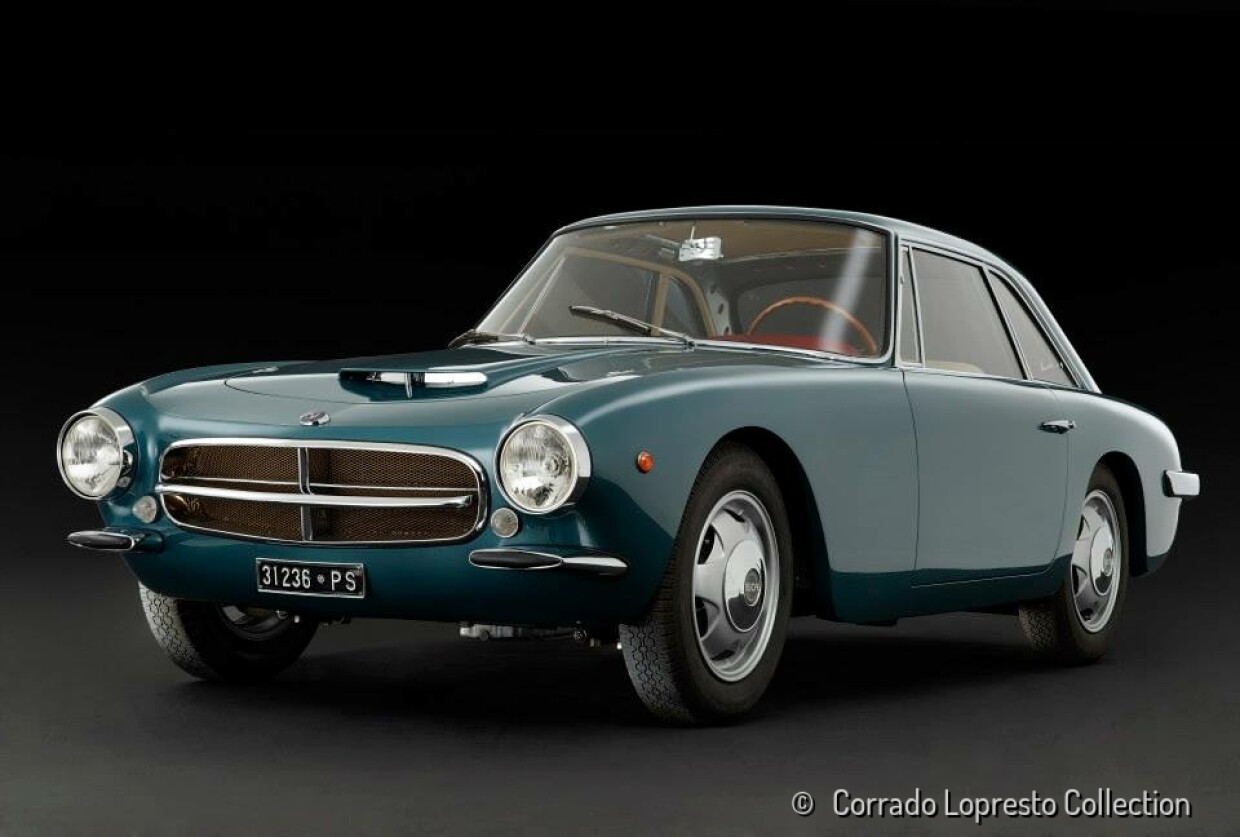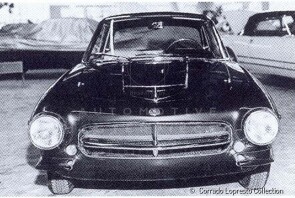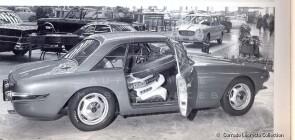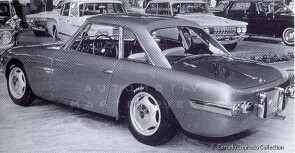
1961 O.S.C.A. 1600 GT
ON/OFF
Why am I an Automotive Masterpiece?
In 1937 the three surviving Maserati brothers, Ettore, Ernesto and Bindo, sold out to the Orsi Group in Modena to avoid bankruptcy. The assignment contract included a ten-year consultancy for the Maserati brothers. After that period, in 1947, they decided to come back to San Lazzaro di Savena, near Bologna and found the Officine Specializzate per la Costruzione Automobili Fratelli Maserati S.p.A. – O.S.C.A. for short – to build limited edition competition cars. The Maserati brothers were real racers, and their little O.S.C.A.s built, were real racing cars, the ultimate expressions of a long line of outstanding cars that bore their name, beginning in 1926. O.S.C.A.'s first automobile was the MT4, for Maserati Tipo 4 cilindri. From 1950 onwards, a new OSCA engine was made available, developed by the Maserati brothers for FIAT, with double overhead camshafts, built in various capacities, with the largest being 1.6 liters. Simultaneously with the fact that its twin camshaft engine was installed in FIAT sports cars, OSCA began producing its own GT cars, subverting the decision that had prompted the brothers to leave Maserati. The 1600 GT from OSCA was built around a tubular steel frame, equipped with the same engine used by FIAT, in its more powerful version. It seems that only 128 examples of the 1600 GT were built by the factory, with different body designs, made by Fissore, Boneschi, Morelli, Zagato and by the historical coachbuilder Touring of Milan.
Built using the "Superleggera" technique, the Touring bodied 1600 has some highly innovative solutions, like the concave rear window ("Praho" style), which should ensure a better luminosity and a better aerodynamic, and a particular mechanism to estract the spare wheel, stowed behind the seats, from the passenger door. It seems that this Touring bodied Osca has been built in only two examples that both still exist.
This one, with the chassis number 014 is the car exhibited at the Salone dell'Automobile in Turin in 1961, when this version is showed for the first time.





